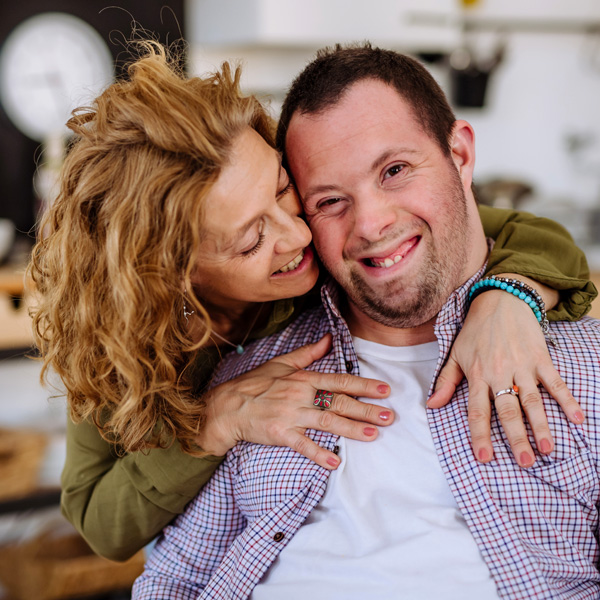Positive Behaviour Support

Recovery focused Positive Behaviour Support
A person may experience periods of distress for a wide range of reasons. By using a Positive Behaviour Support (PBS) framework we are able to think about the person and what they need for wellbeing, rather than just seeing a behaviour and how we are going to manage it.
A recovery focused approach does not assume that a behaviour must be stopped, but how we can improve a person’s life to reduce the likelihood of future distress and enable them to have a valued and active lifestyle, irrespective of their challenges and inspite of previous traumatic experiences. Whilst PBS started from Applied Behaviour Analysis, a recovery approach is multidisciplinary, integrating formulations and solutions from a number of modalities, perspectives and voices.
We share concerns with the Autistic communities who have been subjected to coercive control legitimised by PBS. We do not use behaviour modification strategies, rewards, motivators or any consequence based “interventions”. We do believe it continues to be a useful framework that enables positive risk taking and ensuring that an individuals needs are met by services in accountable ways.
Key principles of PBS
Distress always happens for a reason and may be the person’s only way of communicating an unmet need. PBS helps us begin to understand the reason for the behaviour so we can better meet people’s needs, enhance their quality of life and with time and compassion, reduce the likelihood of unnecessary distress and retraumatisation.
The person as a whole
We consider the person and their life circumstances as a whole, including physical health and emotional needs such as the impact of any traumatic or adverse life events and mental illness.
So often people are reduced to labels. We try and hear the persons story and life experience first. We seek to work with the person to reduce the likelihood of distress by creating physical and social environments that are supportive, capable and kind.
Shared value base
The people and families we support are likely to have input from different professionals. This could include multiple evidence-based approaches and treatments that come from a shared value base – and are provided in a coordinated and person-centred manner.
Individuals are supported by their own teams of people matched to their interests who they can start to build trust in over time. Staff are kind first and with time build support plans to meet the needs and wishes of the person. This may include trauma informed or autism specific approaches, active support and other appropriate interventions that support physical health, mental health and wellbeing.

How Positive Behaviour Support plans are designed
Our Plans are guidance and are not prescriptive. They can and should create space for two individuals to spend time together first and foremost. The persons plan will focus on how the person feels safe, communicates and stays well.
Pen portrait
- Who the person is and their unique history and experience of the world.
- Who and what is important to them.
- How they communicate, make choices and feel safe in their world.
Proactive strategies
- Strategies implemented that promote wellbeing; for example managing situations that the person finds difficult, providing opportunities for new experiences (or not) and creating space for the activities that bring meaning and joy.
- This may include structured therapies such as hydrotherapy and counselling.
- Understanding and managing physical and mental health needs and pain.
- Creating environments that facilitate and promote the persons sensory preferences and special interests.
Early intervention
- These are plans for what to do if the person starts to feel anxious, irritated or afraid.
- These might include using low arousal approaches, changing the environment, or diverting the person’s attention to an activity they enjoy or find calming.
- A one size does not fit all! There will be people that make a person laugh, can offer a hug or just need to go away.
Reactive strategies
- These are planned, robust strategies that are put in place to be used as a response to an incident of distress or overwhelm where we need to support the person to stay safe.
- They aim to minimise the risk to the person and others whilst maintaining dignity. This may include restrictive interventions as a last resort.
Recovery
- These are “cooling down” strategies that may include immediate reassurance, first aid and rest to avoid re-escalation and facilitate physiological recovery and psychological safety for the person and their team.
- It may also include debriefing and reparative activities if required.
Review
- Regularly review data and gather feedback to revise and develop the support provided to make sure that it reflects their current needs, interests, health and wellbeing and risks.
Restraint reduction
- Summarises each of the approved restrictions in place, who this has been approved by, usually the court of protection.
- Often short term risk management has led to interventions that increase distress and traumatisation overtime and we are committed to reduction and removal wherever possible.
